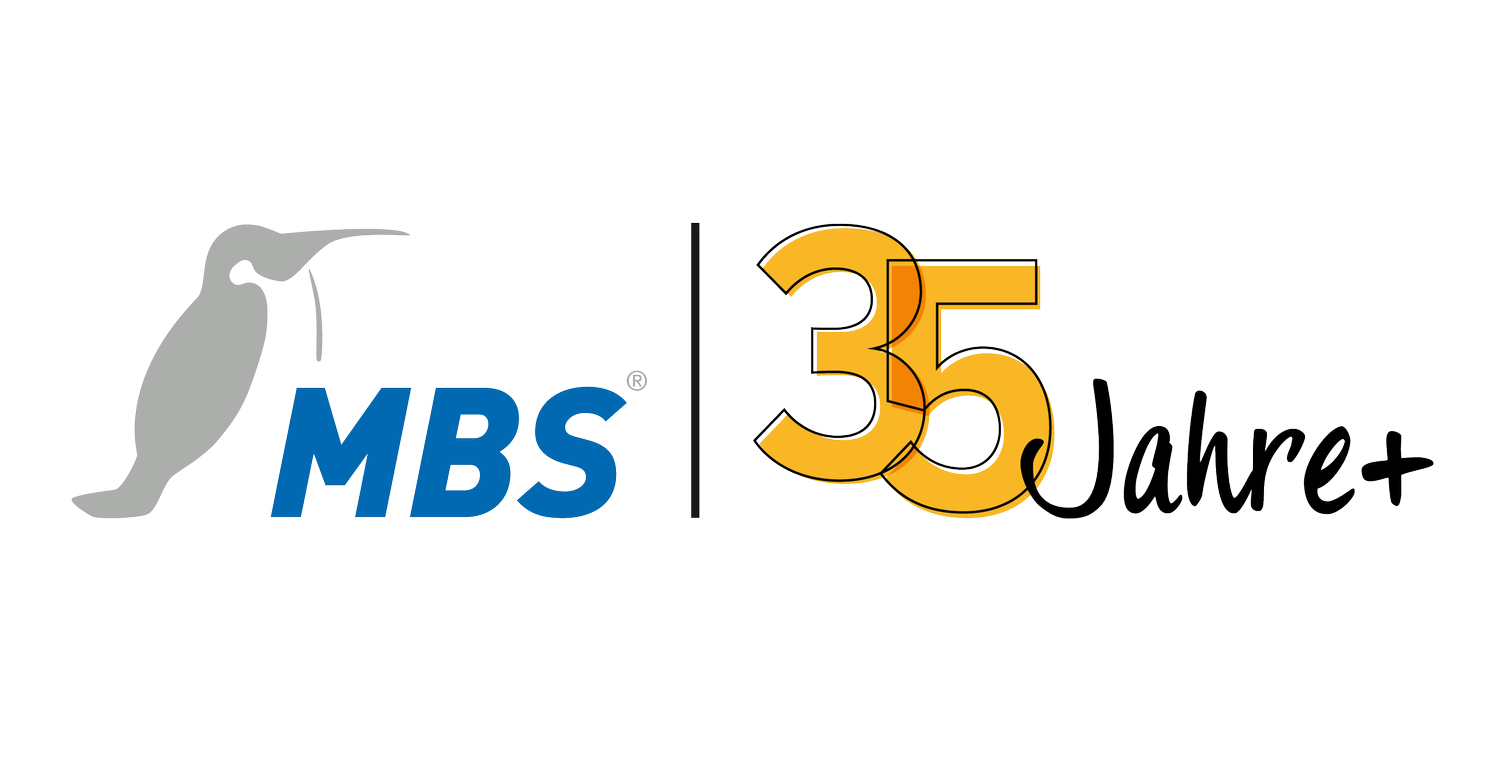Universal gateways | Interpreters for building automation
/Gateways are important components in building automation network architectures. As intermediaries between the various devices and communication protocols, they ensure smooth data exchange.
In line with the large number of devices and protocols in building automation (BA), the universal gateways from MBS are literally "universal": they include not just individual bus protocols, but all common bus protocols that can be implemented within the scope of the available physical interfaces. Whether mounted as a component on a top-hat rail in a control cabinet or as an edge device in a virtual environment - the universal gateways cover all hardware interfaces as well as all communication protocols. Not only can they link up to five bus systems, they also offer a wide range of data points with a minimum of 25 to a maximum of 40,000.
Read More






